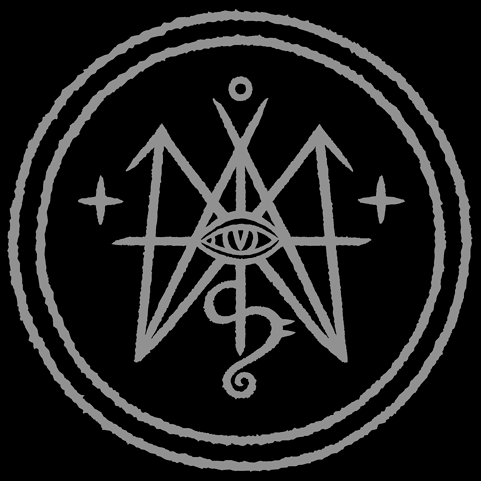
Around this time of the year, the third and final harvest is celebrated. In October grapes and root vegetables are due. It is also global pumpkin season. Herbs gathered after this point were considered bitter and useless. Trees are finished with sugar production and shed their leaves during the wet season, providing less windage to autumn storms. Simultanously, rainwater now pours down unhindered along branches and stems, straight towards the roots and deeper. Trees turn barren, fields turn brown. November brings storms and cold, muddy weather. The nights are cold, and the first hoarfrosts are about to put nature to sleep. Yet, the grayness is lit up by colorful branches and fruits such as the purple beauty berry, orange firethorn, dark blue sloes, black privet or red holly berries, which provide food to overwintering birds.
In spiritual terms, the moon wins over the sun and the earth mother (vegetation goddess) returns to the underworld, where she resides besides Herne, the black hunter, who has captured the sun. It is Samhain, or modern Halloween.
Samhain probably comes from proto-Celtic samoni – meaning “reunion” or “assembly”. This could refer to an assembly of people, an assembly or renunion of the living and the dead. It could also simply refer to an assembly of harvest or the coming together of the months of the year, since Samhain marked the beginning of the Celtic New Year.
Now begins the darkest time of the year.
In need for light, warmth and protection against the dark, lanterns are set up around homes and properties. Whatever has been gathered up to this point and has not been processed yet, is being cooked, bottled up, stored or crafted into useful things. The ancestors are revered and the gods of the underworld are appeased.
On the evening of 31 October, also known as All Hallows Eve and Halloween, the gates to the underworld open and the spirits of the dead are believed to visit the living. The event is luciously celebrated during the Mexican Day of the Dead. The oppulent celebration includes bountiful offerings, music and dance, to welcome the beloved dead and keep the dark dead out.
Christians celebrate and honor their saints and the souls of their dead during All Saints, All Souls and Totensonntag. Candles and lanterns are placed on graves and light up the dark places of the dead, which are in addition covered with evergreen twigs and colorful flowers.
Children dress up for Halloween and play trick or treat. There is also the tradition of St. Martin’s day, when children gather to walk up and down the streets with self-made lanterns, singing songs and reenacting the legend of St. Martin, who cut his cloak and gave half of it to a beggar, who was shivering from the cold.
Samhain is a cross-quarter day on the pagan wheel of the year (and was originally a Celtic quarter day). It is oriented by the moon’s phase and falls on the November or October full moon, respective the full moon that occurs closest to the midpoint between the autumn equinox and the winter solstice, and when the sun moves into Scorpio. The October full moon is also known as Hunter Moon, Harvest Moon and Falling Leaves Moon. The November full moon as Beaver Moon and Freezing Moon or Frost Moon.
Main magical practices during this time are: protection magic, banishing magic, necromancy, black magic or nigromancy, rituals with masks and effigies, pact making and pact renewal (due the opening of the gates to the spirit world).
My incense for Samhain contains:
- baltic amber
- juniper
- mugwort
- oak bark
- pine resin
- rosemary
- sage
- spruce resin
- thyme
- vervain
October 31, 2023
Posted In: Feast Days
Tags: autumn, samhain, cross-quarter days, halloween, st. martin, dia de los muertos, day of the dead, all saints, all hallows eve, all souls, feast days, dia de muertos, wheel of the year

Leave a Reply